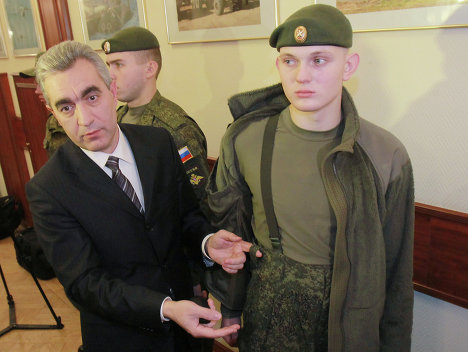Successfully
first test flight for the new Chinese large military transport aircraft
Xian Y-20
China on Saturday, January 26, 2013, conducted a successful test flight of its new domestically made large military transport aircraft Y-20. The plane took off at around 2:00pm from an airport in Yanliang, northwest China's Shaanxi Province, according to CCTV News.
As a large and multi-role transport aircraft, the Y-20 can carry out long-range transportation missions even under complicated weather conditions. The Y-20 was developed by Xi’an Aircraft Industry, a subsidiary of China’s leading military aircraft maker, the Aviation Industry Corporation of China.
The successful test flight is a significant boost to China’s capabilities in national defense, rescue and relief work, and humanitarian aid. Reports say more tests are planned.
The Y-20 program is part of an effort to develop an indigenous long-range jet-powered heavy transport aircraft, a top priority in China's "Medium- and Long-Term National Science and Technology Development Program (2006-20)" (MLP).
Earlier reports said it's able to accommodate most large PLA combat and support vehicles, including the Type 99 series tanks, with a capacity to carry up to 66 tons of goods.
China on Saturday, January 26, 2013, conducted a successful test flight of its new domestically made large military transport aircraft Y-20. The plane took off at around 2:00pm from an airport in Yanliang, northwest China's Shaanxi Province, according to CCTV News.
As a large and multi-role transport aircraft, the Y-20 can carry out long-range transportation missions even under complicated weather conditions. The Y-20 was developed by Xi’an Aircraft Industry, a subsidiary of China’s leading military aircraft maker, the Aviation Industry Corporation of China.
The successful test flight is a significant boost to China’s capabilities in national defense, rescue and relief work, and humanitarian aid. Reports say more tests are planned.
The Y-20 program is part of an effort to develop an indigenous long-range jet-powered heavy transport aircraft, a top priority in China's "Medium- and Long-Term National Science and Technology Development Program (2006-20)" (MLP).
Earlier reports said it's able to accommodate most large PLA combat and support vehicles, including the Type 99 series tanks, with a capacity to carry up to 66 tons of goods.



+Rudra.JPG)




































